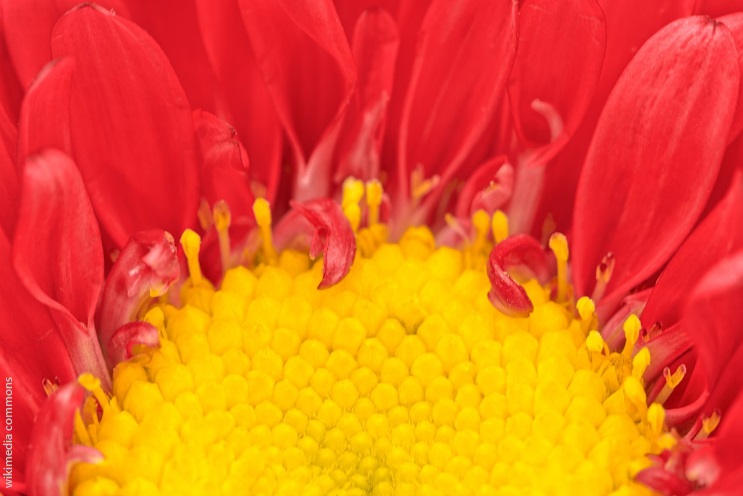Matsumoto Aster Takes the Cuteness Crown!
The crown-like Matsumoto Aster adds a touch of playful whimsy to any bouquet. It’s known for its daisy-like heads full of soft purple, pink, red, or white florets that coyly reveal cheerful yellow centers as they open. In other words, it’s CUTE! Or as they say in Japan, “kawaii.” And it’s the topic of the latest Floralife® article in LivRio: “Matsumoto Aster – the Kawaii Flower!”

Native to eastern Asia, Matsumoto Asters are much admired and highly sought after by floral professionals and consumers alike. Asters form heads that appear to be individual flowers, but are actually squat inflorescences comprised of ray and disk flowers that many misidentify as petals. Matsumoto Asters are classed under the genus Callistephus, meaning “Beautiful Crown.” Once you have seen the gorgeous mass of Florets, you will immediately understand!

Matsumoto Aster Care and Handling
If you are planning to sell or purchase this prized crown of cuteness, you should adhere to some tried and true Matsumoto Aster Care and Handling tips from your friends at Floralife®. These include advice on:
- Purchasing: These include color considerations and stage of opening
- Hydration after harvest: As always, processing begins with clean tools and buckets, courtesy of Floralife® D.C.D. ® Cleaner. Cut stems and place them in a solution of Floralife® HydraFlor® Clear ULTRA or HydraFlor® 100. Pay attention to storage temps.
- Shipping and storage: Again, recommended temperatures are between 34 to 38 F (1-3 C). Wet shipping is recommended.
- Rehydration at store level and storage: Again, clean and sanitize tools, buckets, and surfaces. Condition stems with Floralife® Quick Dip. Place flowers in a holding treatment of Floralife® Clear 200 or Express 200.
- Vase care: Stem cutting followed by Floralife® Quick Dip. Then a vase solution of Floralife® Clear 300 or Express 300.
- Common defects: These include botrytis, poor development based on premature harvest, browned foliage, dehydration, bent neck, and stem bending.
- Special considerations: Speaking of stem bending, Matsumoto Asters are susceptible to gravitropism. This means that if placed on their side horizontally they will grow up, defying gravity. This causes bent stems! So make sure to ship them upright. On a related note, Asters are also susceptible to phototropism, meaning they will bend towards the light.
As usual, these are merely the bullet points. There is much more information at the original article. So check out the June LivRio (pg 22-23) for further details!
